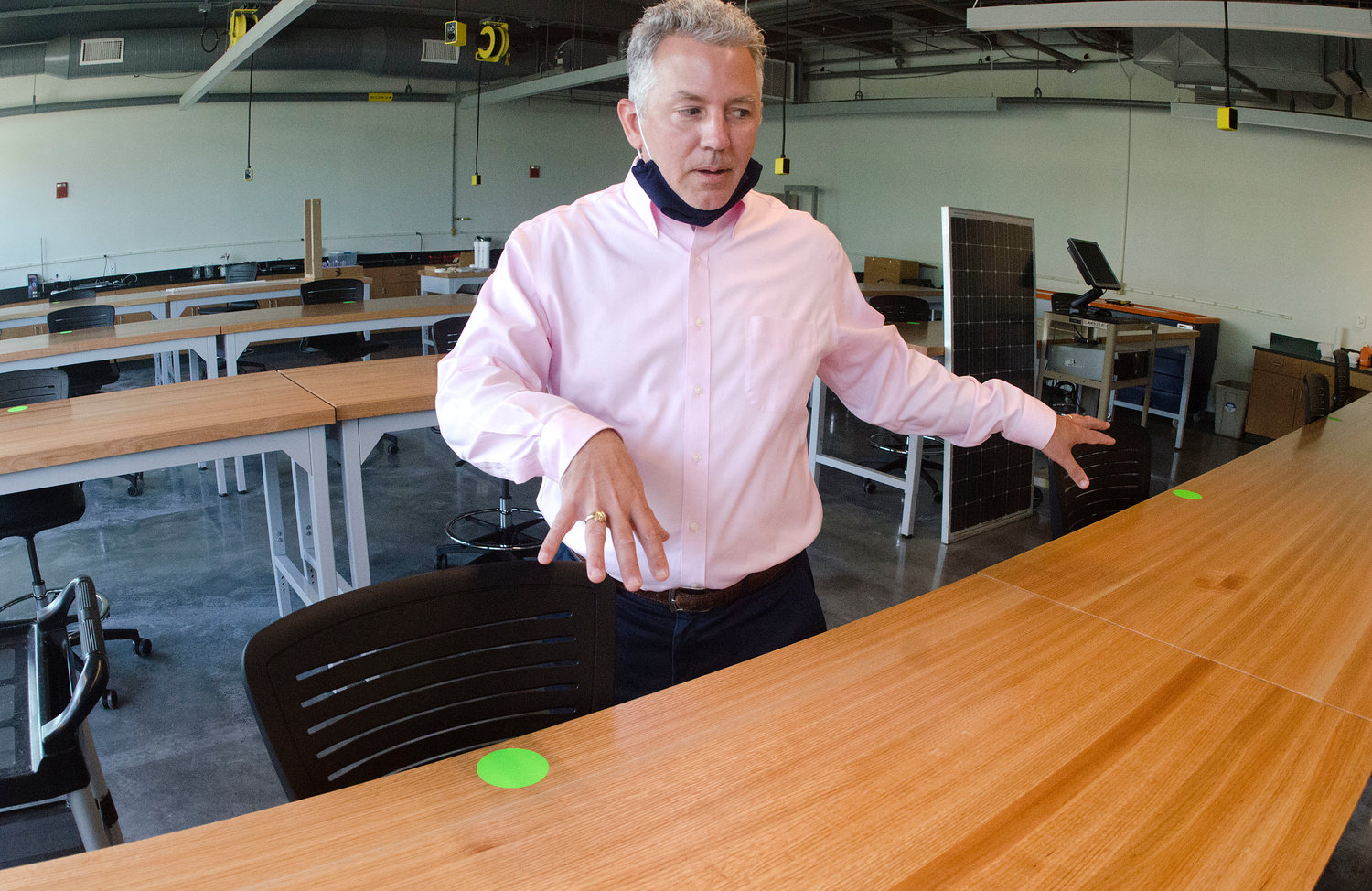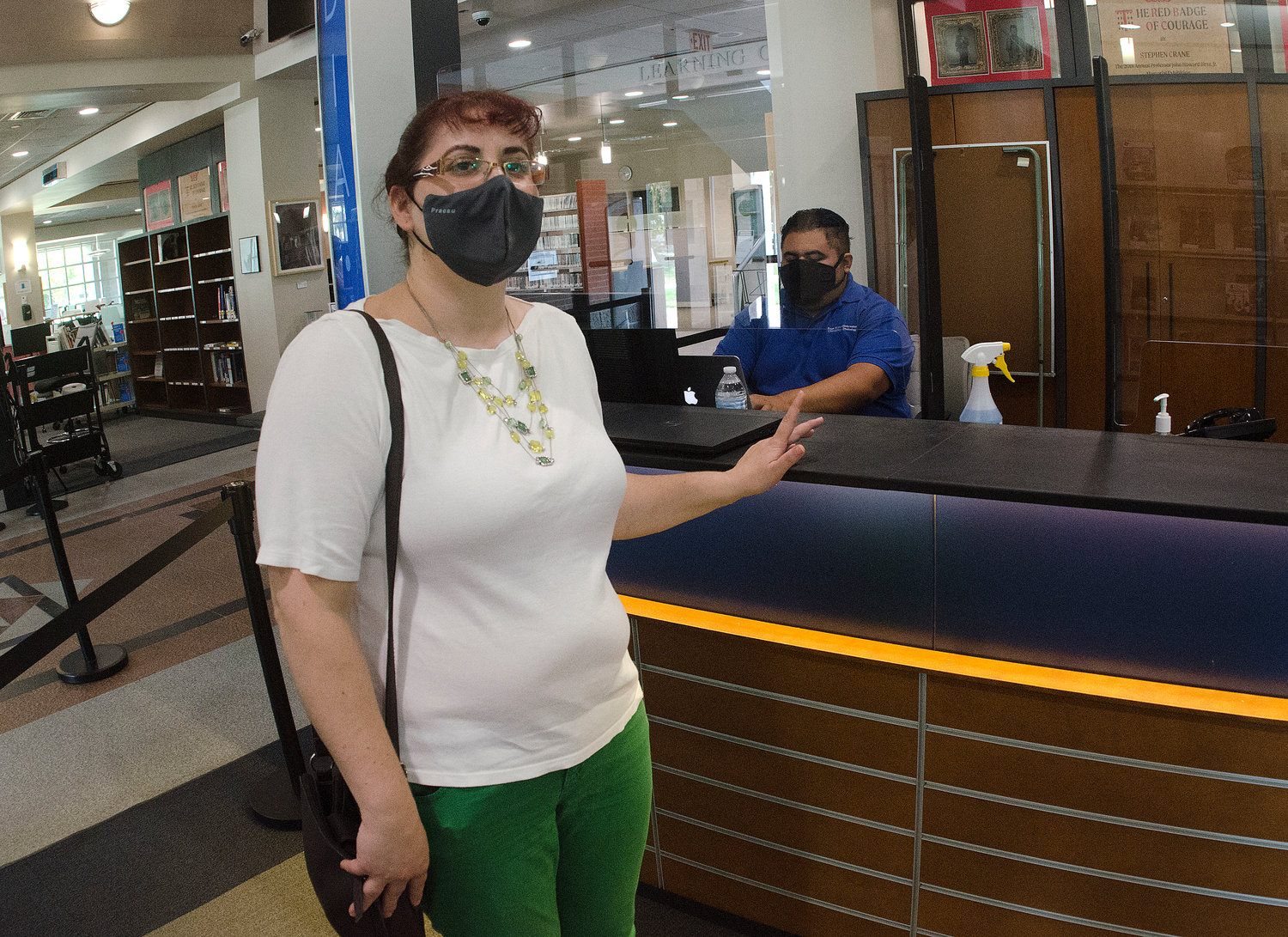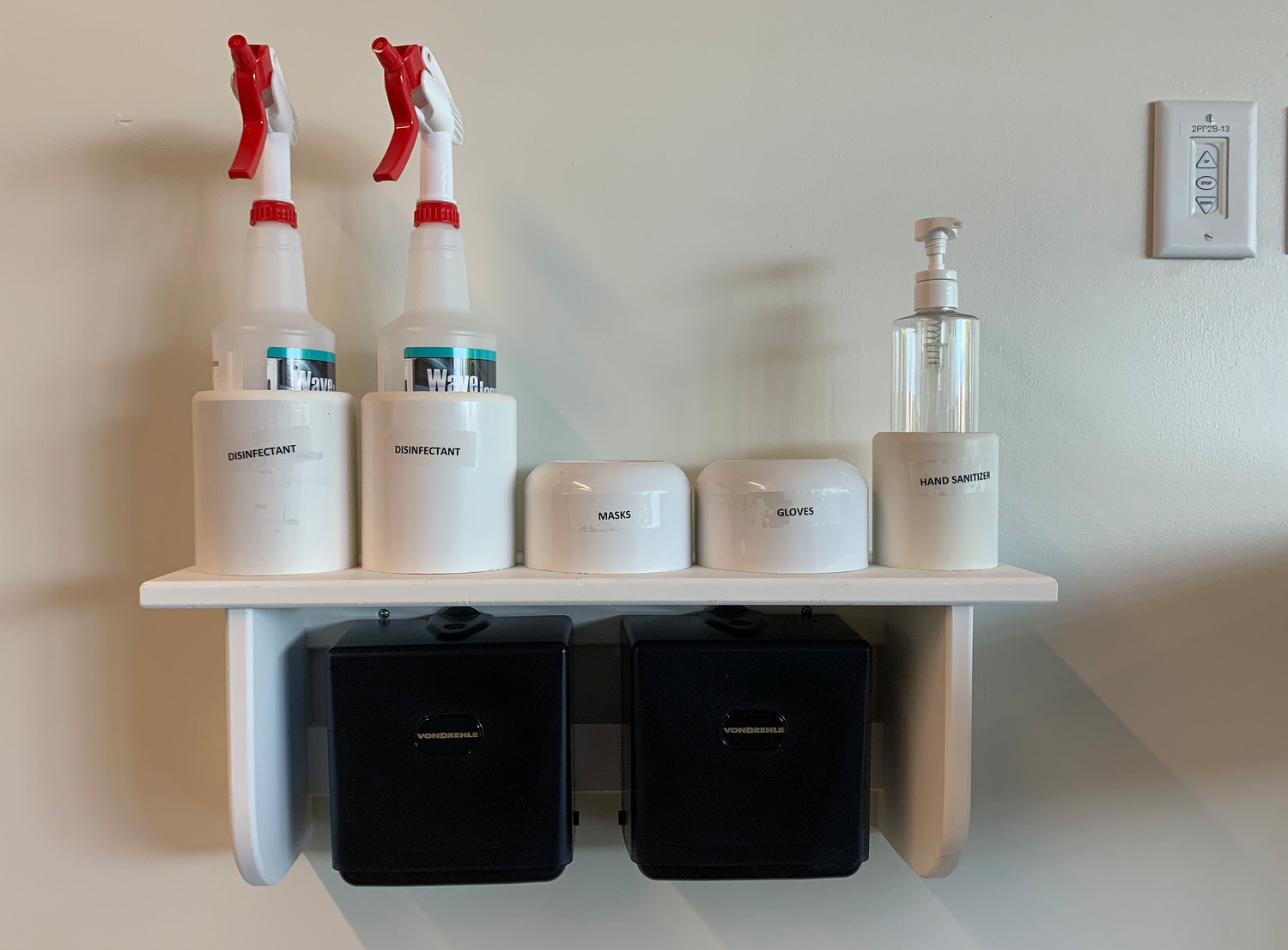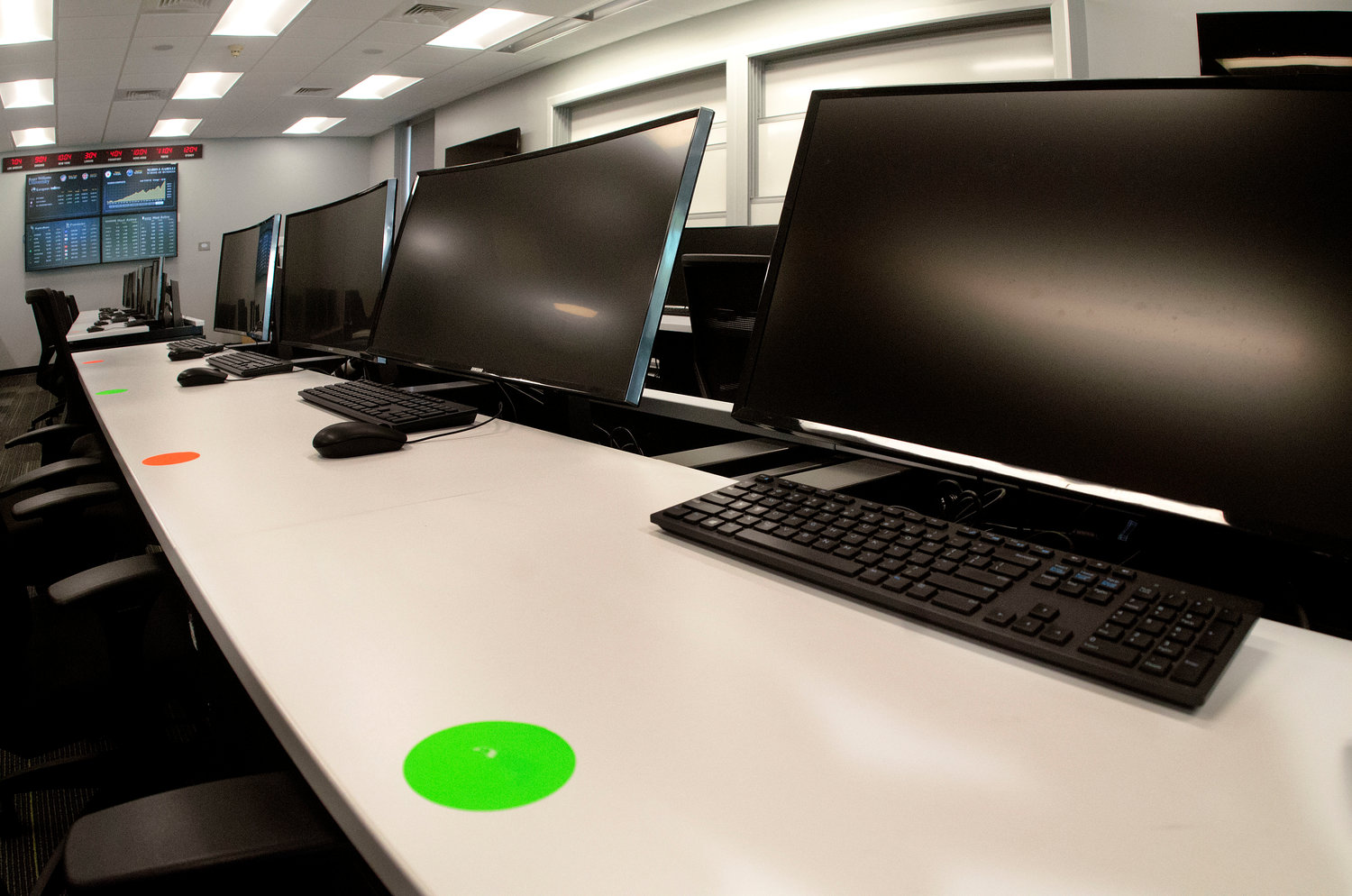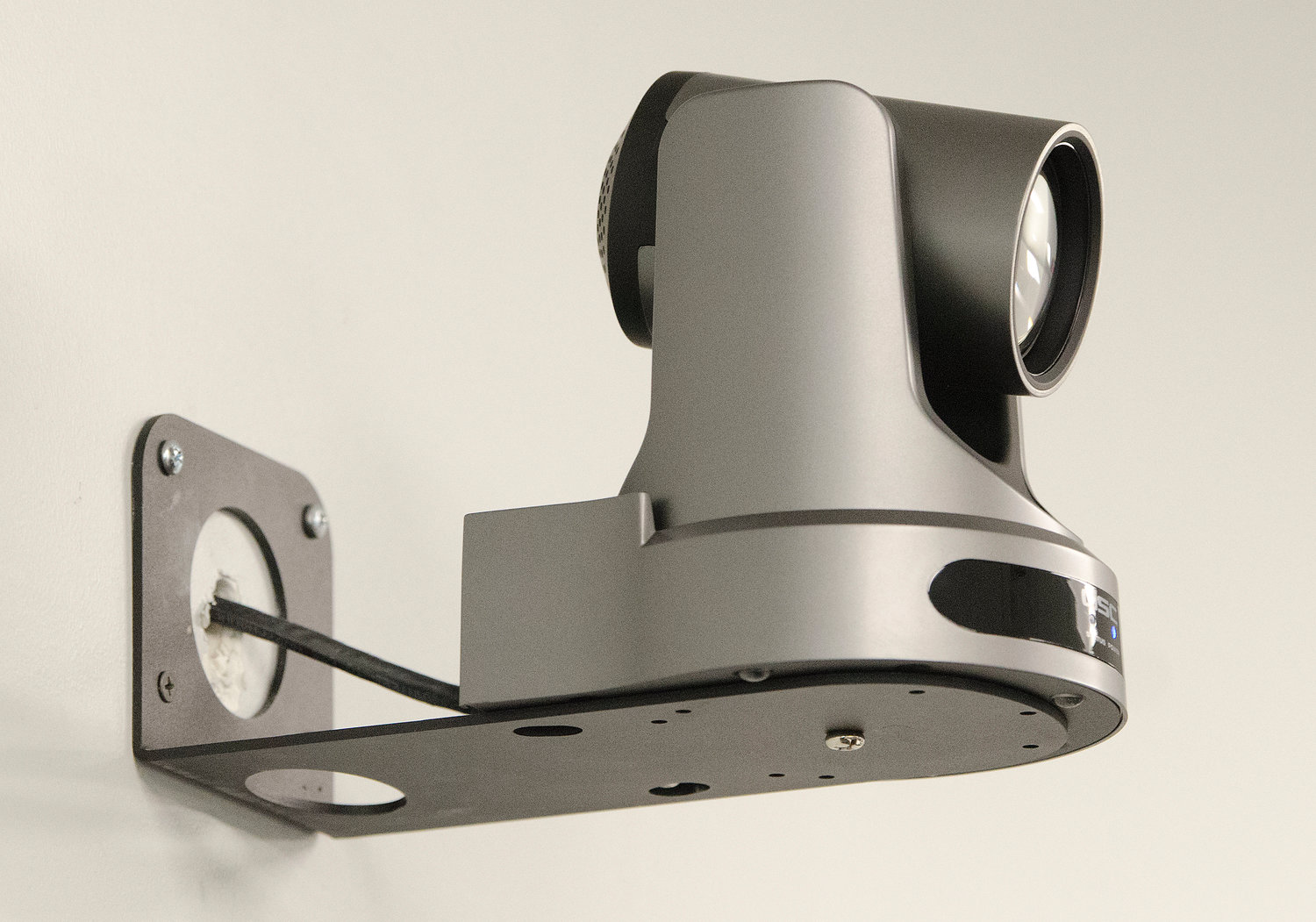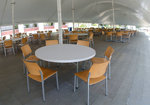- TUESDAY, APRIL 23, 2024
It’s back to school at RWU
Roger Williams University is getting ready to test 1,000 people per day for the fall semester
More than five months after telling everyone to stay home and finish their spring semester online, Roger Williams University kicks off a reunion of sorts this weekend. Students and faculty are …
This item is available in full to subscribers.
Please log in to continue |
Register to post eventsIf you'd like to post an event to our calendar, you can create a free account by clicking here. Note that free accounts do not have access to our subscriber-only content. |
Day pass subscribers
Are you a day pass subscriber who needs to log in? Click here to continue.
It’s back to school at RWU
Roger Williams University is getting ready to test 1,000 people per day for the fall semester
More than five months after telling everyone to stay home and finish their spring semester online, Roger Williams University kicks off a reunion of sorts this weekend. Students and faculty are returning to campus over the next week, ramping up for a fall semester that will be mostly normal, but entirely different in every way.
The “normal” part is that the university will be operating at nearly full capacity, with in-person classes, labs, dining halls, dorms — almost everything one would expect on a university campus. But everything about that experience will look different than it did a year ago.
“We’re functioning at near capacity, we’re just functioning in a different way,” said university Chief of Staff Brian Williams.
Roger Williams has spent about $5 million getting its campus and systems ready to welcome everyone back in the era of Covid-19. The new investments include thermal body temperature scanners at the entrances to the major buildings, hospital-grade air filters in HVAC systems wherever possible, hundreds of hand-washing stations across campus, “Covid caddies” stocked with disinfectants and PPE in every classroom, and the key to everything — weekly testing for every member of the Roger Williams community, both faculty and staff, with a 24-hour turnaround.
“The testing allows us to have a semblance of normalcy to the operation of the campus,” said Mr. Williams.
Overall, the university is planning to have its operations mimic what is happening in neighboring communities. So if Rhode Island allows indoor restaurants to operate at 50 percent capacity, Roger Williams will generally do the same. If Rhode Island changes maximum group sizes to 5 or 15 or 50 people, Roger Williams will generally do the same.
“We are working to run our environment as the environment around us is running … We plan to stay consistent with what’s happening around us,” Mr. Williams said.
It starts with testing
As mentioned previously, the aggressive testing program is a foundational piece of the Roger Williams reopening plan. In this initial stage, as people return to campus, everyone will be tested for the virus twice a week. Mr. Williams said they have the capacity to test about 1,000 people per day, and they’ve been getting results in less than 24 hours. In the first few days of testing, there were 463 employee and faculty tests without a single positive result.
Like many universities in the Northeast, Roger Williams is sending its tests to the Broad Institute in Cambridge, Mass., a not-for-profit that has partnered with the higher education community in this region. If not for the testing, Mr. Williams said, the university might have to be more restrictive. But the regular testing program provides a blanket of assurance to everyone on campus.
“When you know that if someone around you tests positive, they’re not going to be around you anymore, you can move around more confidently,” he said.
Housing is mostly normal
Residence halls will operate similarly to how they have in the past. The university has eliminated any triples, so students will be housed in either single or double rooms. Other changes include some instances where there will be schedules for the use of common bathroom facilities (showers) and reductions to the in-person capacity in large common areas or lounges.
Off-campus housing will also be mostly the same as it has been in the past. Students will be living in off-campus apartments or houses and expected to follow the same guidelines and rules as the larger community.
“We will be doing visits early on and in the weeks ahead … making sure they’re going to be good citizens and good neighbors,” Mr. Williams said. “We take seriously that these are our students, and we take seriously that they have to comply with all the state and safety guidelines. We’re helping our students be good citizens, and we’re ready to step in when they aren’t.”
Even though they live off-campus, students will be required to stay current with the weekly testing program.
Masks and cleaning
Similar to the “real world,” everyone on campus will be expected to wear a mask or face-covering if they’re in public and cannot maintain six feet of space from others. Thus if someone finds a spot on campus to sit and relax away from others, they can remove their mask. As they walk past others and enter a dining hall, they must wear their masks.
“We’re at a time where everyone’s behaviors affect others, and that is part of the responsibility we all share living in a community,” Mr. Williams said.
To handle the increased cleaning and sanitizing demands, every classroom on campus is equipped with a “Covid caddy,” a small unit stocked with hand sanitizer, masks, gloves and disinfectant sprays. Faculty and staff will be responsible for cleaning their desks and shared spaces at the end of classes, and the university has lengthened the time between classes throughout the university schedule to allow for more cleaning time.
Classrooms are always ‘on’
The university has of course “de-densified” every room on campus. In some rooms, that meant removing actual desks and seats to uphold minimum distancing standards. In many other rooms, that meant a red dot/green dot sticker system.
In places like media centers or architecture labs with more fixed furniture, a green dot signifies someone can sit there, a red dot does the opposite.
In addition, the university invested a lot of money in technology, with cameras that will live-stream lectures to those watching at home. This will serve the minority of students who have chosen distance learning (less than 5 percent), as well as anyone who tests positive for the virus, shows symptoms of illness, or is forced to quarantine at home for any reason.
“All classes will have the ability to simulcast, so if anyone has to quarantine, they won’t miss any class time,” Mr. Williams said.
Outdoor dining and food to go
Roger Williams has taken steps to make its food operations more Covid-friendly. The campus will have a range of new outdoor grills and meal-to-go options, to encourage more outdoor dining. A massive tent takes that one step further, adding capacity for up to 250 people to eat outside for as long as it’s possible.
“We’re going to leverage the weather while we can,” Mr. Williams said.
Faculty and staff
Not everyone will be back in class this fall. Mr. Williams reported that slightly less than 20 percent of faculty have chosen to teach their courses remotely for the first semester, so about 20 percent of courses will be taught completely online.
Students were notified of changes to those courses and have the option to add, drop or change if they don’t want the online model.
A long winter’s break
The university also altered its schedule for this year. This fall semester is beginning earlier than normal, and if all goes according to plan, it will end the Tuesday before Thanksgiving. Everyone will clear out for a long break from Thanksgiving until the end of January — the expected peak of regular flu season — before returning for the spring semester.
Mr. Williams said no single strategy is enough to keep the campus “safe” through a global pandemic. But the combination of all things — testing, thermal scanners, higher quality air flow, outdoor dining, masks, etc. — are designed to keep things running as smoothly as possible.
“We don’t expect zero cases,” he said. “That’s not realistic. The key is how we respond to them.”
To that end, Roger Williams will be sharing its own data with the world. Once its testing program gets cranking at 1,000 test per day, the university will share information about tests, cases and trends on the campus.
Other items that may interest you

